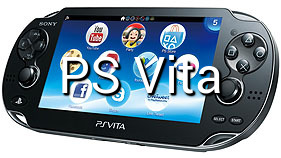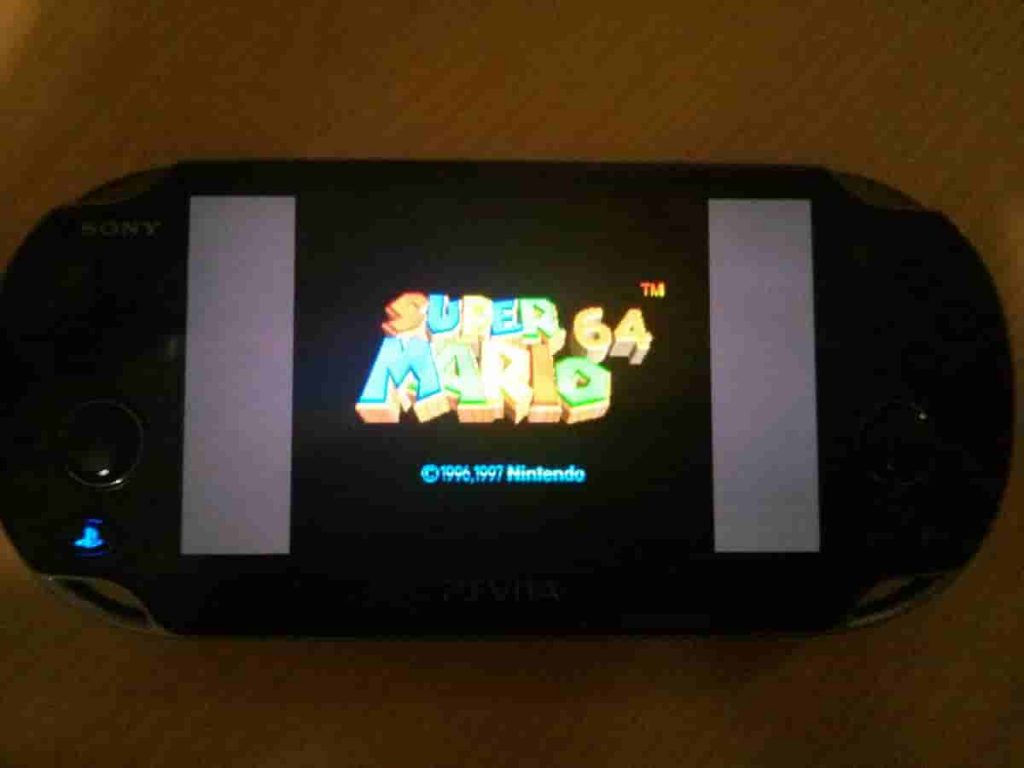

While the Vita hosted several acclaimed titles and built a small but loyal and passionate fanbase, the system is regarded as a commercial failure, with a lack of support from Sony and major third-party developers along with competition from the significantly more successful Nintendo 3DS and smart devices noted as major factors.

In the platform's later years, Sony promoted the PlayStation Vita's ability to work in conjunction with its other gaming products, such as Remote Play of PlayStation 4 games, similar to the Wii U's function of Off-TV Play. Though Sony has not released exact sales figures, late-lifespan sales estimates are around 15 to 16 million units. This built moderate sales in Japan and a smaller yet passionate userbase in the West. Though this led to less diversity in its game library, it strengthened support in JRPGs, visual novels, and Western-developed indie games. A concentrated effort to attract smaller independent developers in the West, combined with strong support from mid-level Japanese companies, helped keep the platform afloat. However, in the year after the device's successful launch, sales of the hardware and its bigger budget games stalled, threatening to end its lifespan. The Vita's design was intended to meld the experience of big-budget, dedicated video game platforms with the then up-and-coming trend of mobile gaming as seen on smart phones and tablets.

Sony released the PlayStation TV, a short-lived, re-purposed version of the Vita that uses a television screen like a home video game console, discontinued at the end of 2015. It has all of the same features with a slightly smaller size, extended battery life, and an LCD screen instead of OLED. The PS Vita 2000 series, a revised version of the system, was released across 20. The Vita features a quad-core ARM Cortex-A9 MPCore CPU and a quad-core SGX543MP GPU. The original model of the handheld includes a 5-inch (130 mm) OLED multi-touch capacitive touchscreen, two analog joysticks, and front and shoulder push-button input, and supports Bluetooth, Wi-Fi, and optional 3G. The console is the successor to the PlayStation Portable, and a part of the PlayStation brand of gaming devices as part of the eighth generation of video game consoles, it primarily competed with the Nintendo 3DS. It was first released in Japan on December 17, 2011, and in North America, Europe, and other international territories beginning on February 22, 2012. The PlayStation Vita ( PS Vita, or Vita) is a handheld video game console developed and marketed by Sony Interactive Entertainment. 4-6 hours for games, 7 hours for video, 12 hours for music (in stand-by mode) 3-5 hours for games, 5 hours for video, 9 hours for music (in stand-by mode) Īpprox. (, ,, , D-Pad, L, R, Start, Select, PS, Volume ±, Power)ĥ-inch multi-touch capacitive touchpad (back of the console)
How to get free ps vita games 2019 Bluetooth#
Stereo speakers, microphone, 3.5 mm headphone jack, Bluetooth

Proprietary PS Vita memory card (4, 8, 16, 32 or 64 GB)ĥ-inch (16:9) OLED (PCH-1000)/ LCD (PCH-2000) multi-touch capacitive touchscreen, approximately 17 million colors, 960 × 544 qHD 220 ppi PS Vita Card, digital distribution through PlayStation Network


 0 kommentar(er)
0 kommentar(er)
